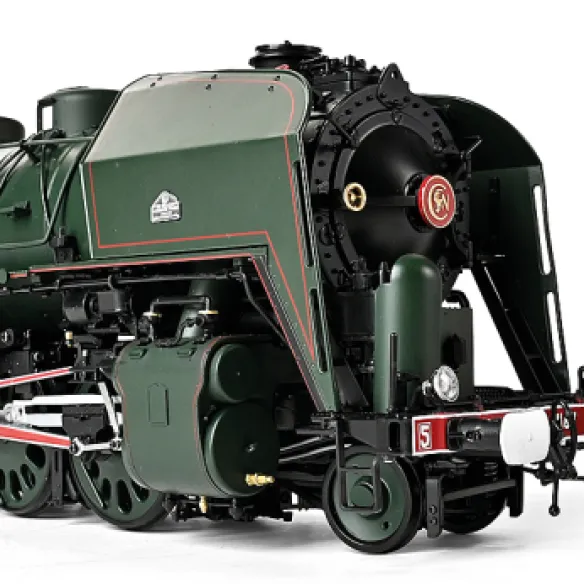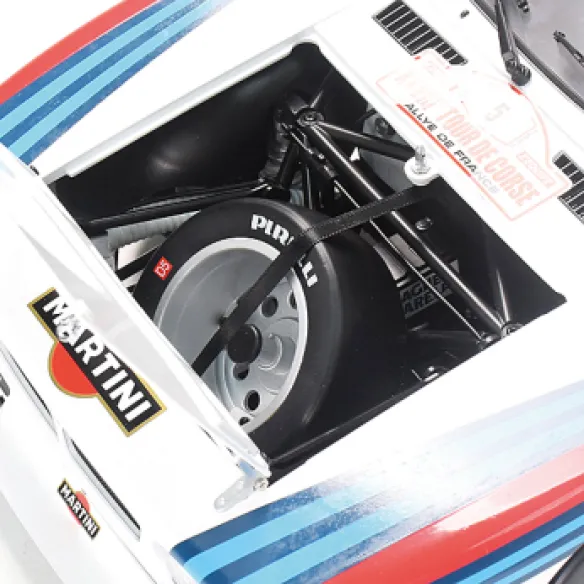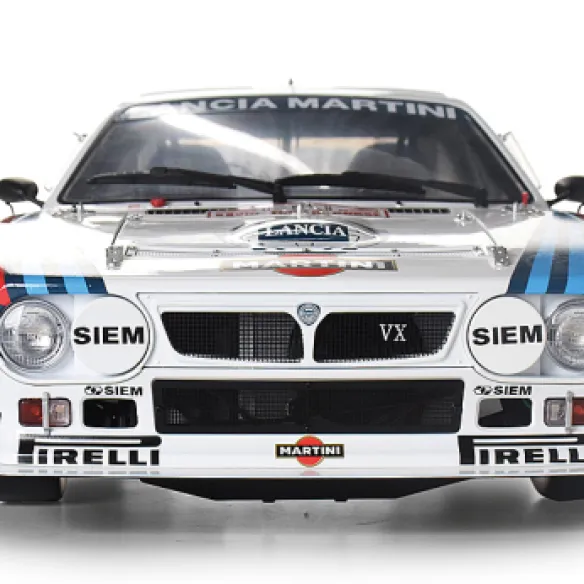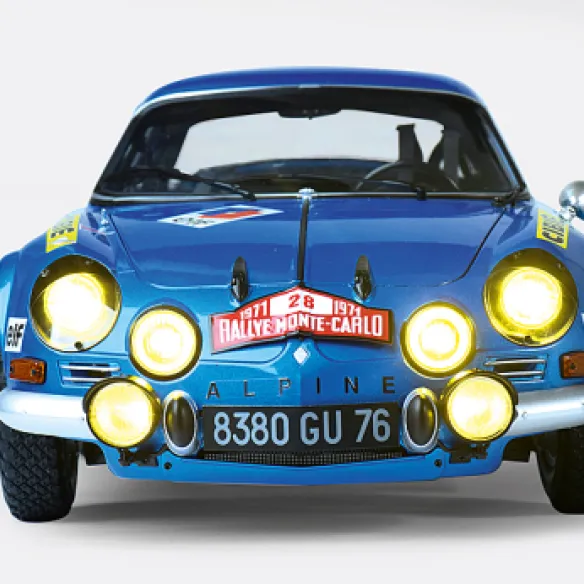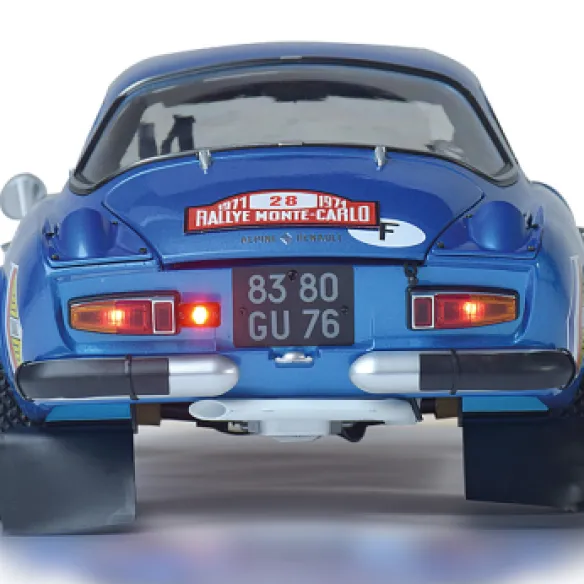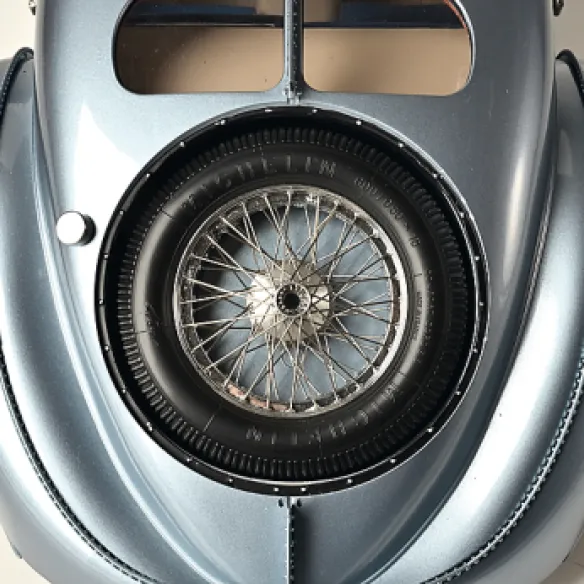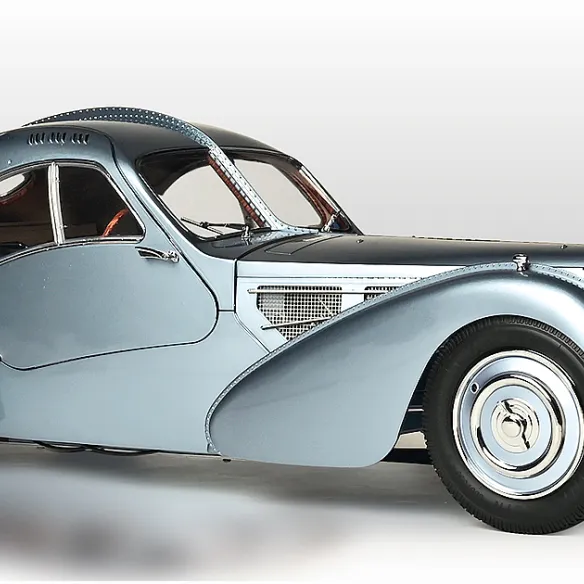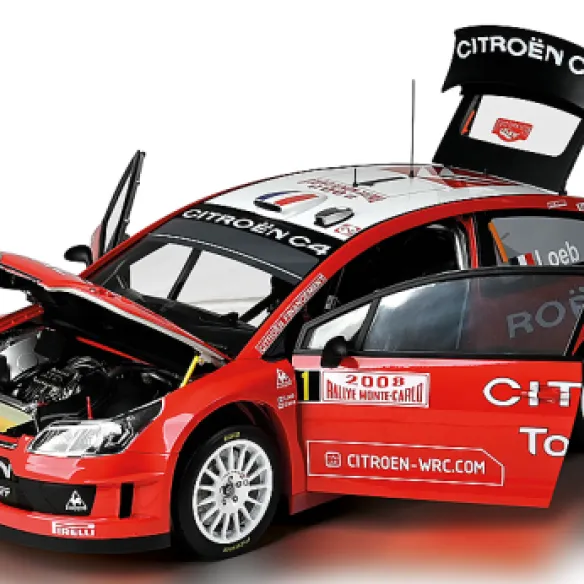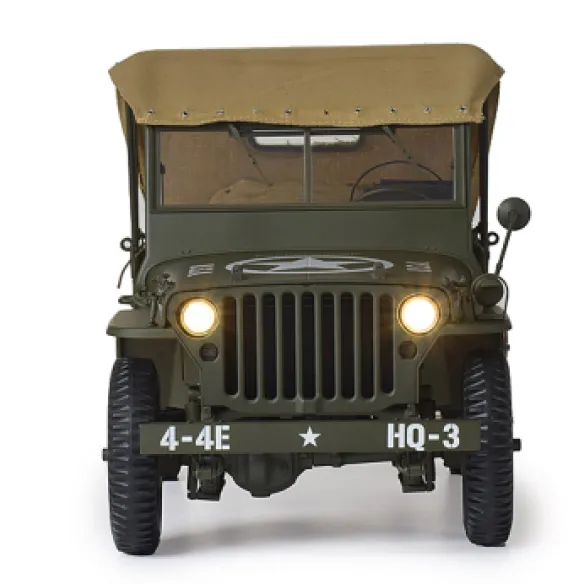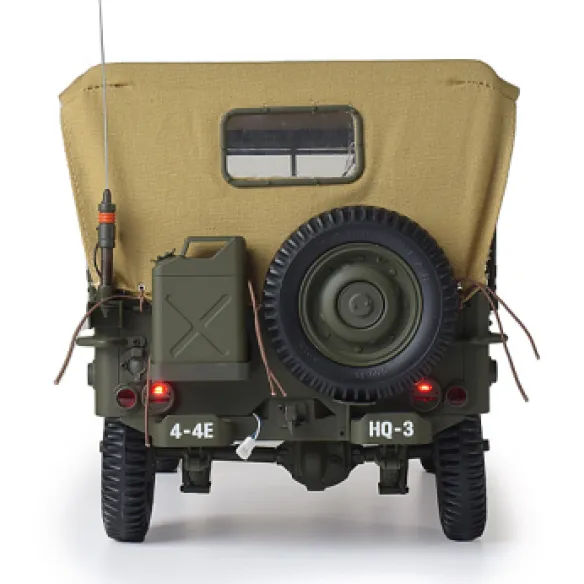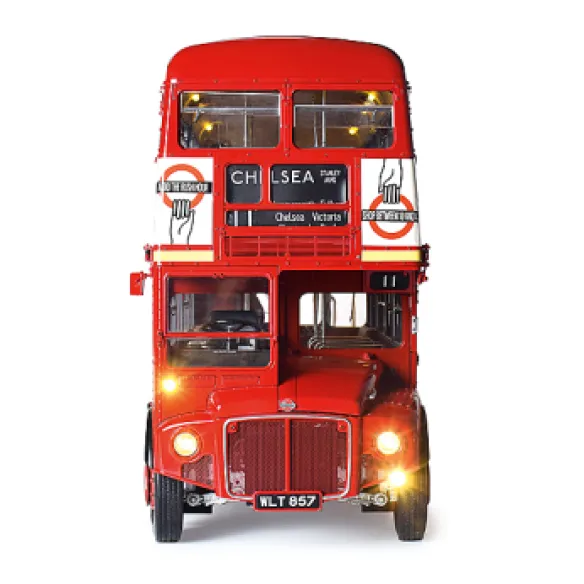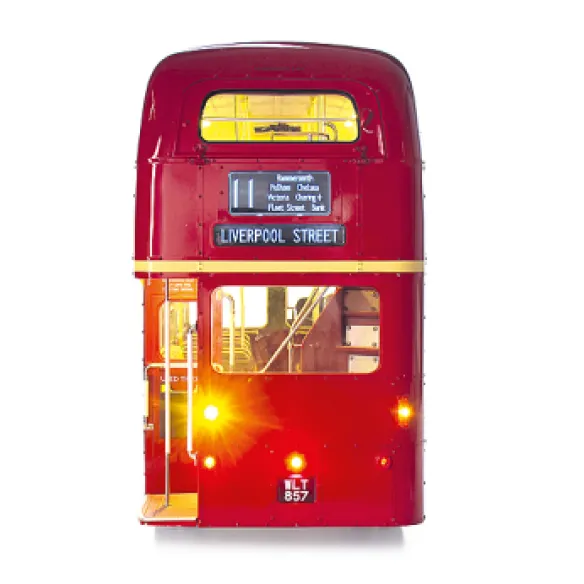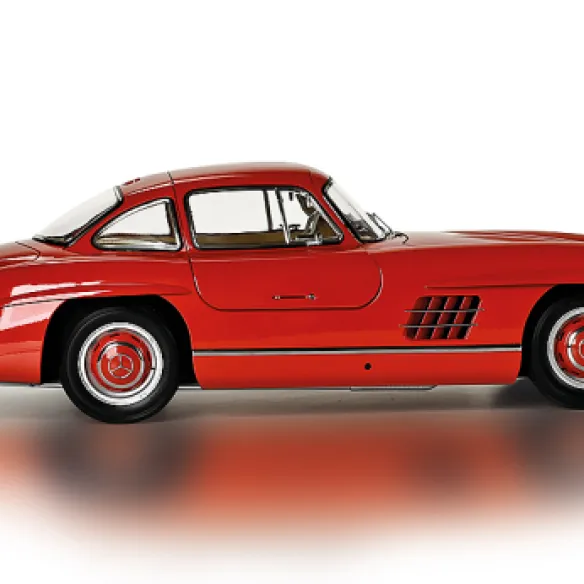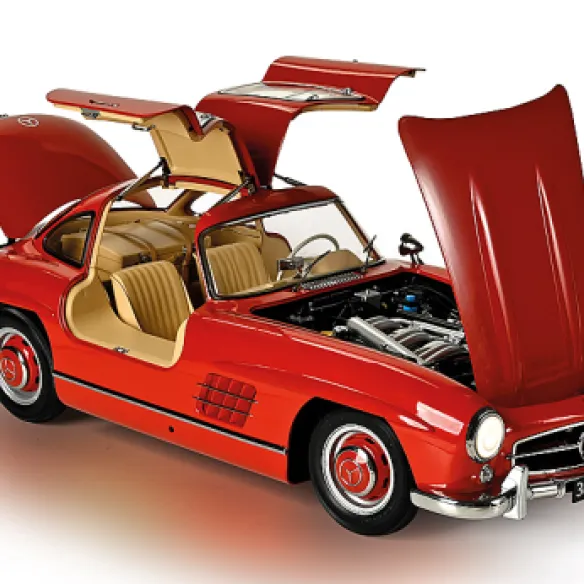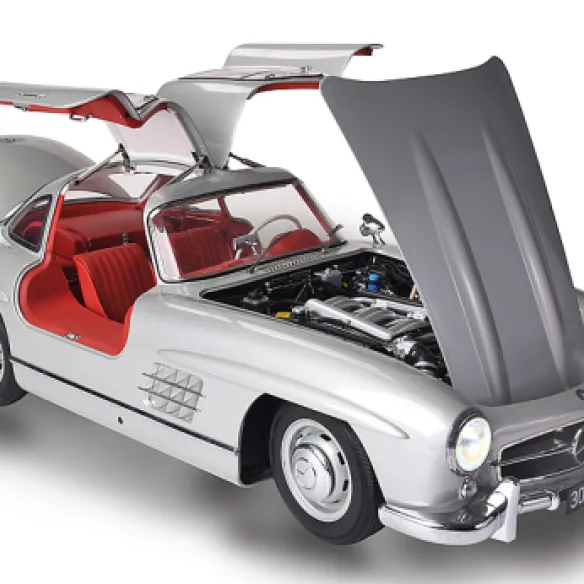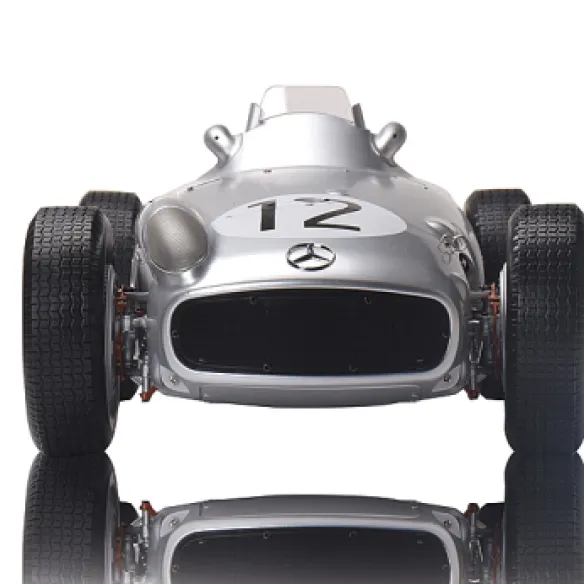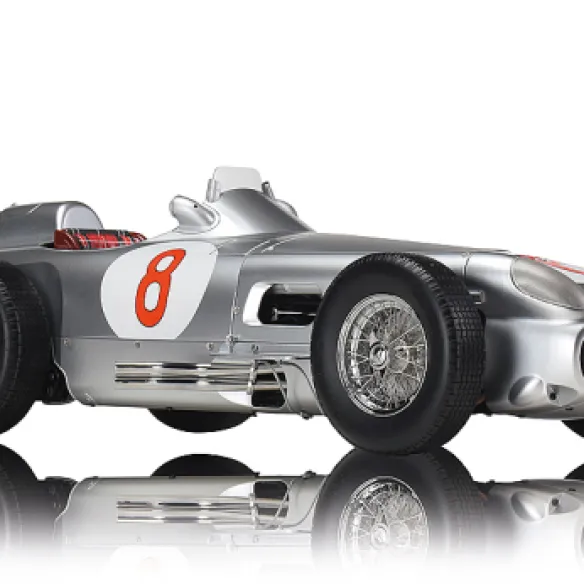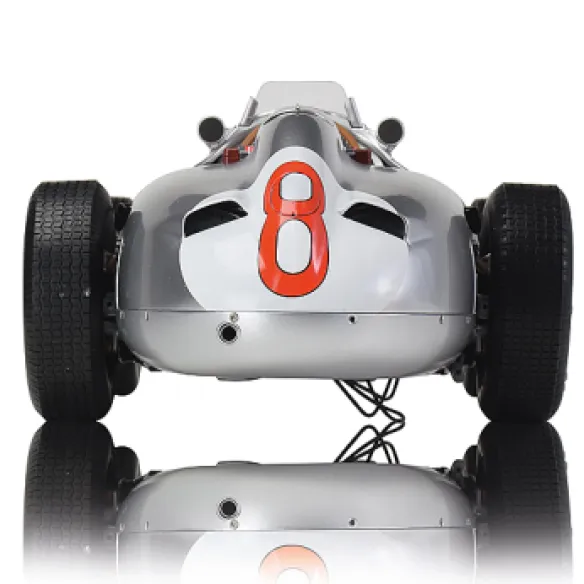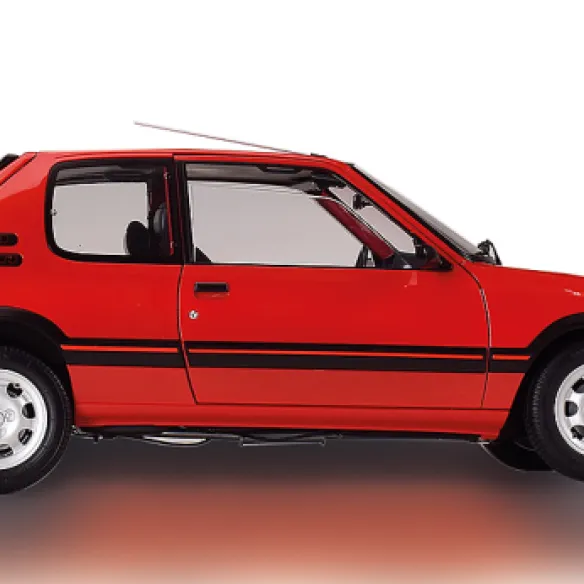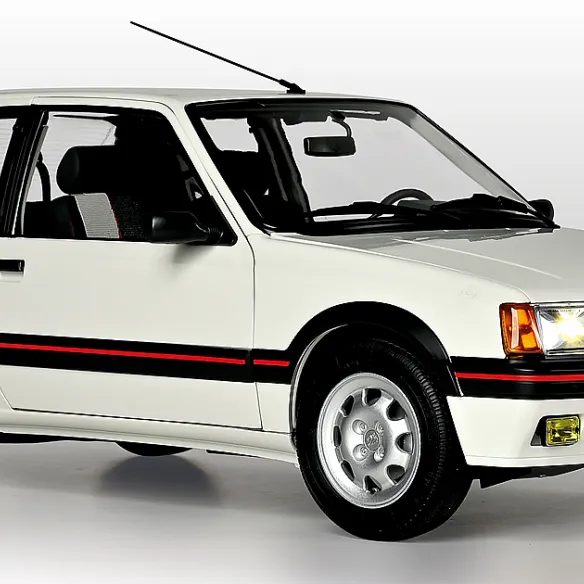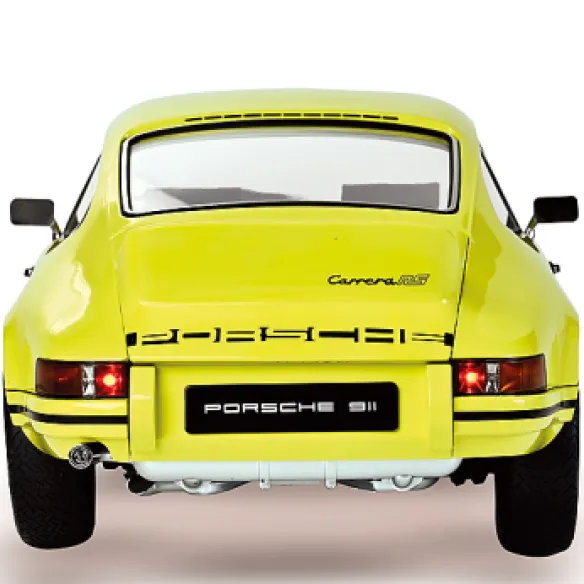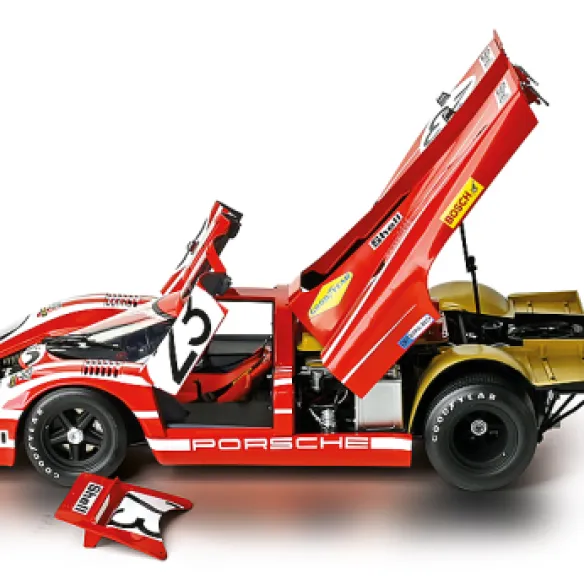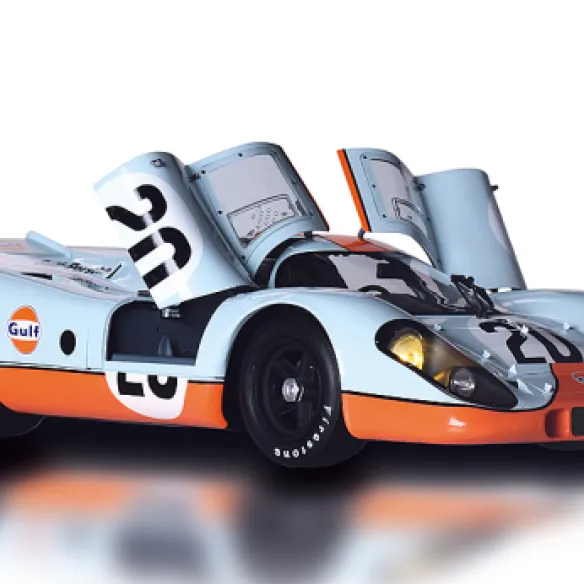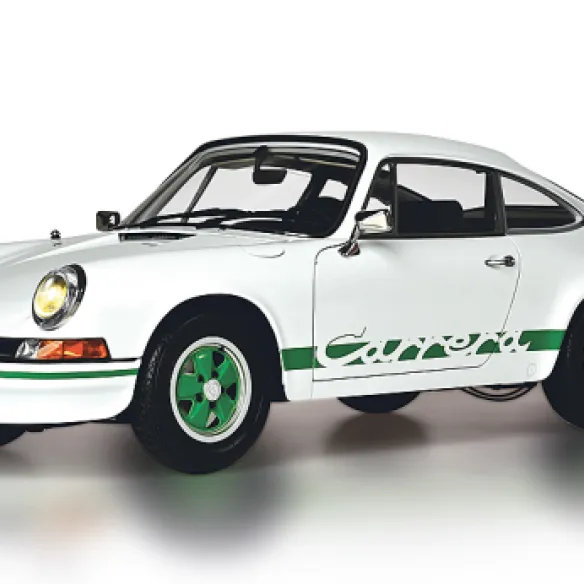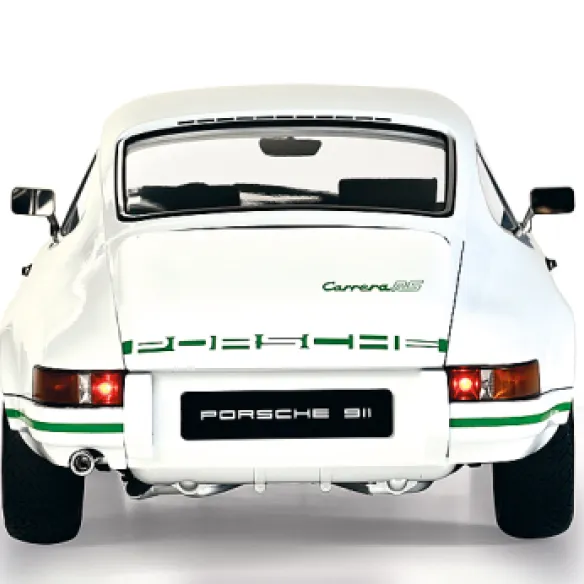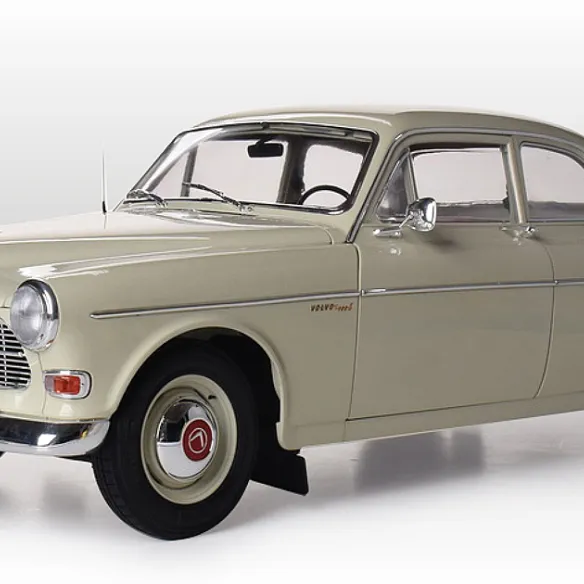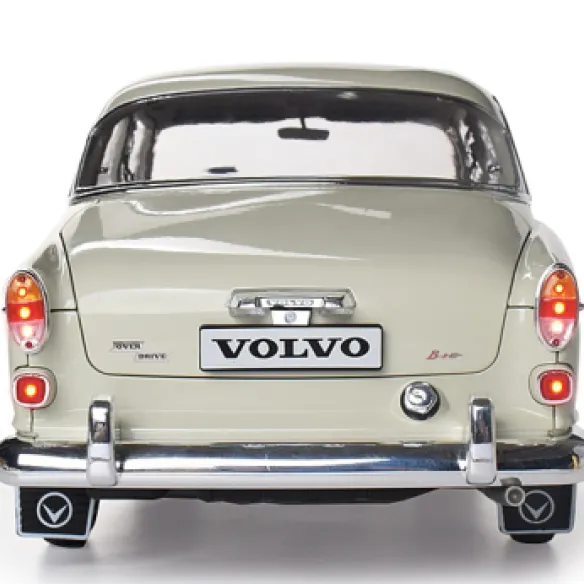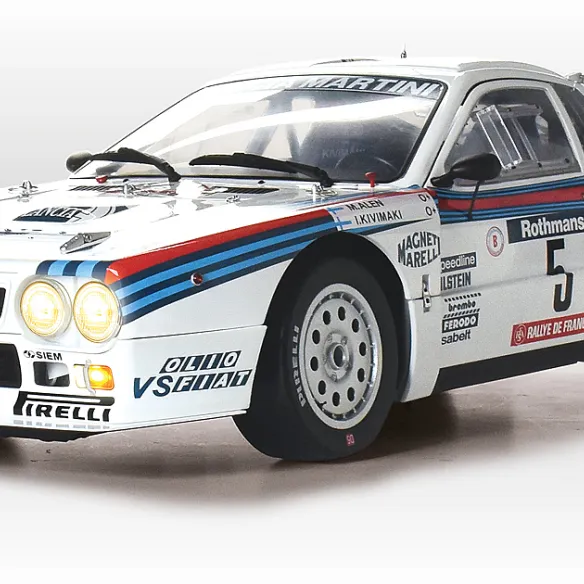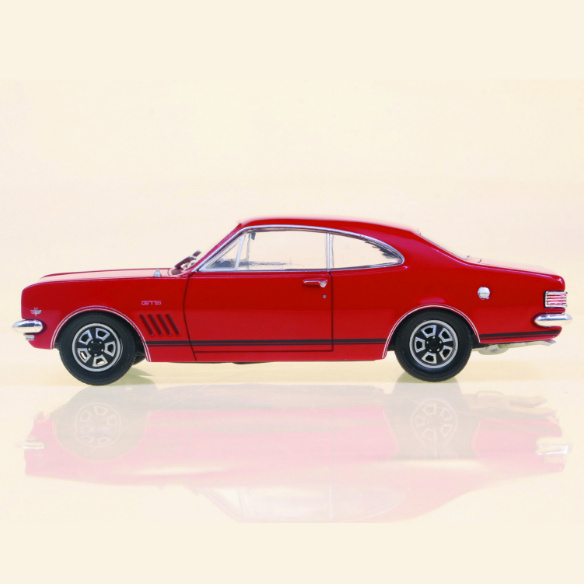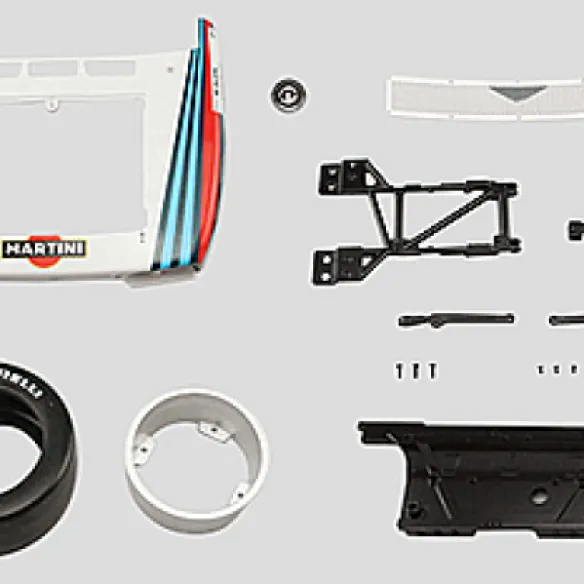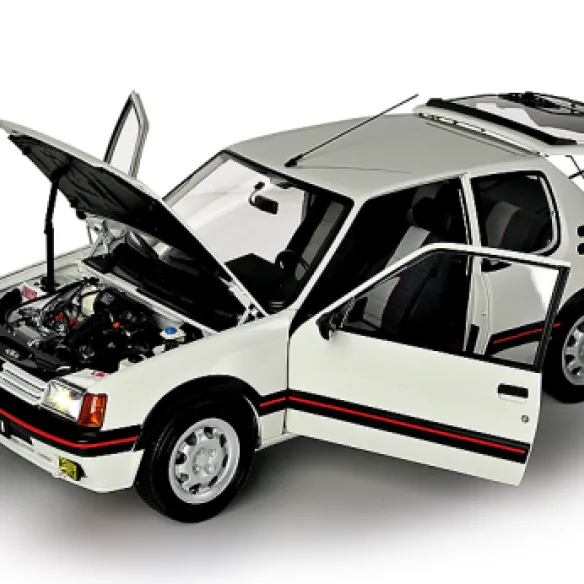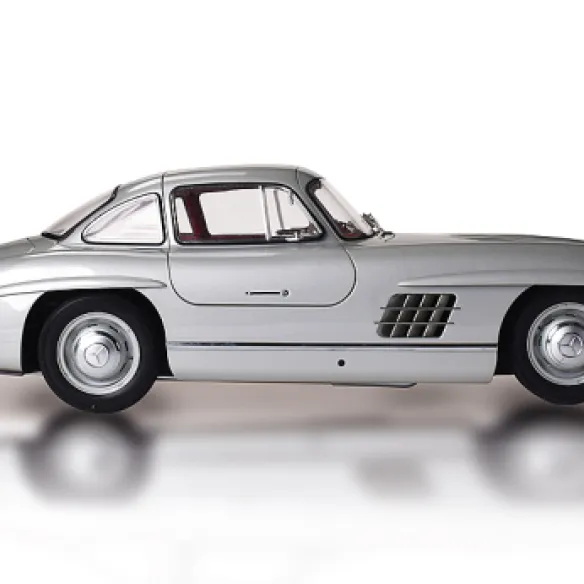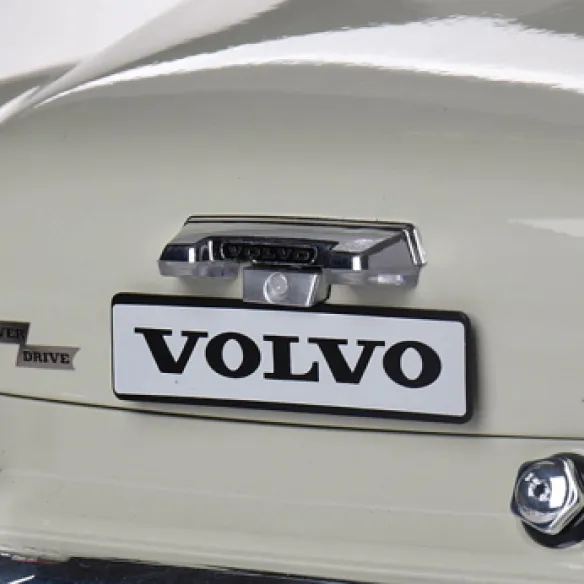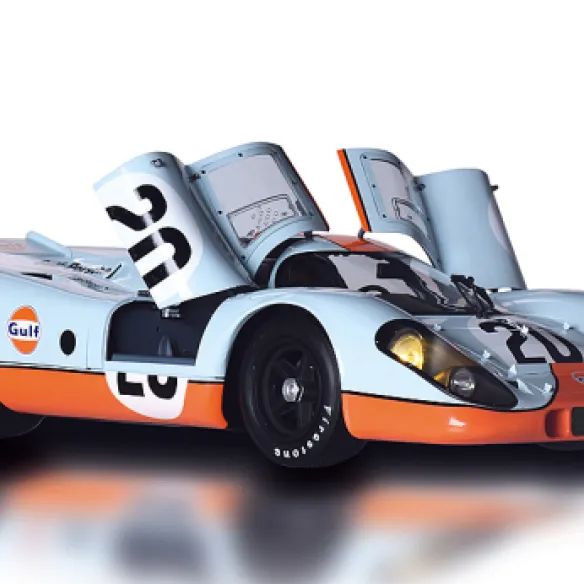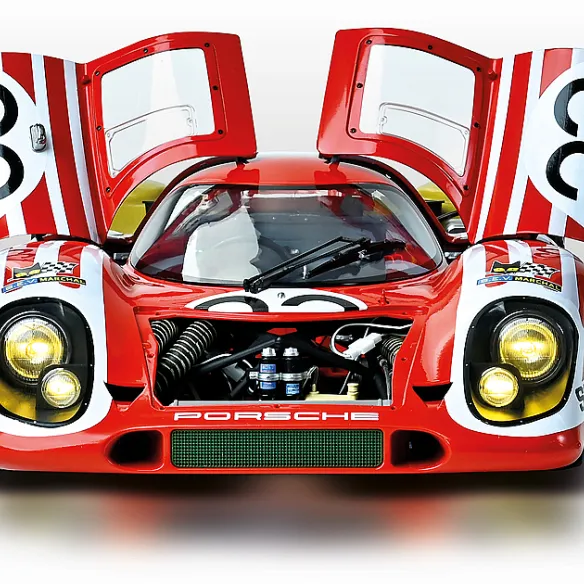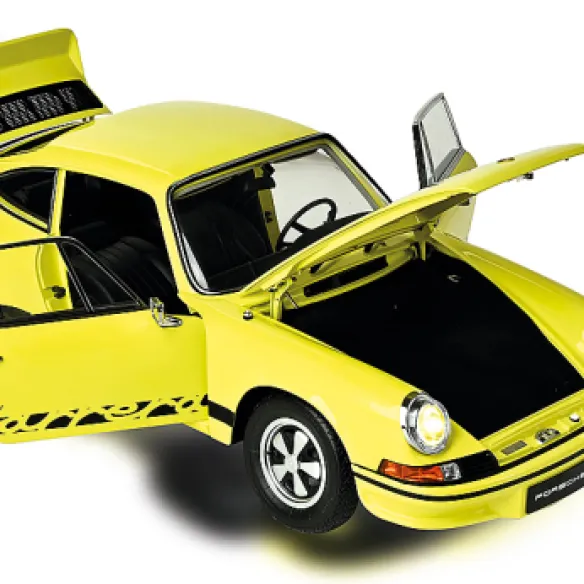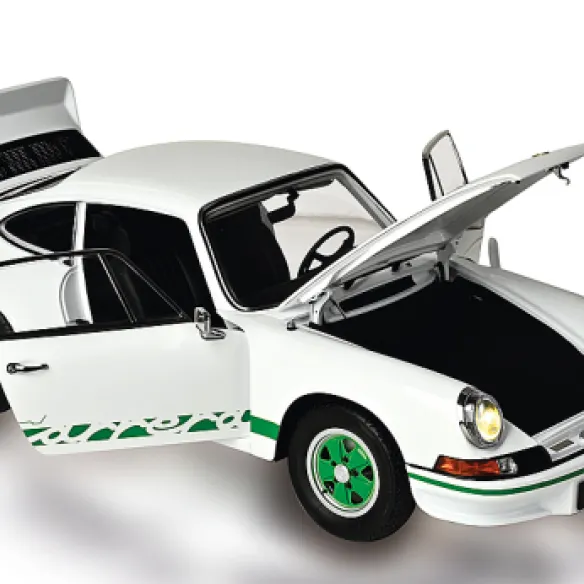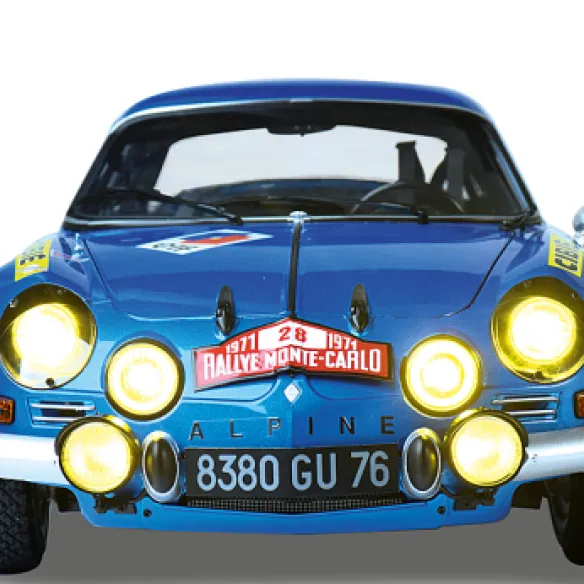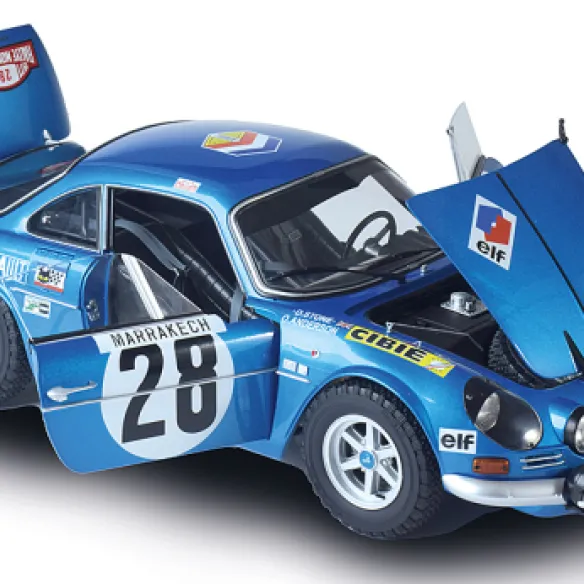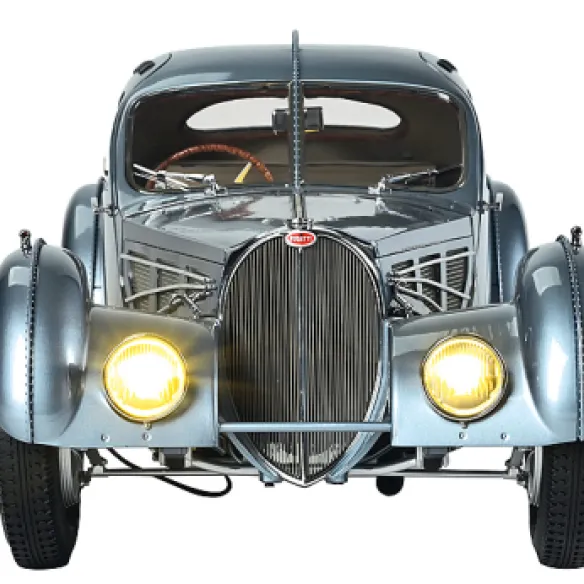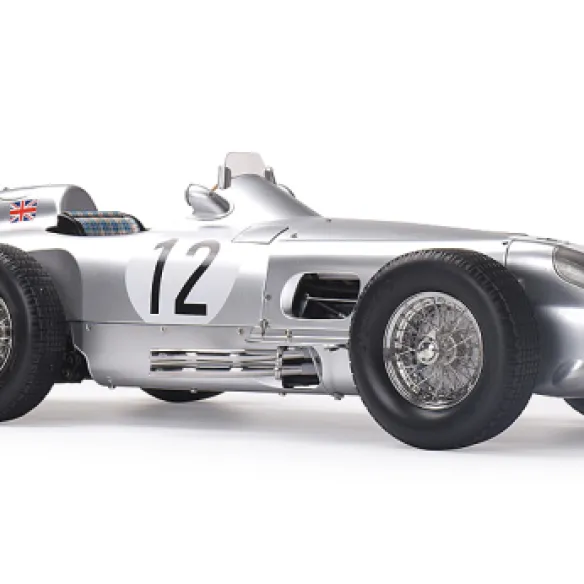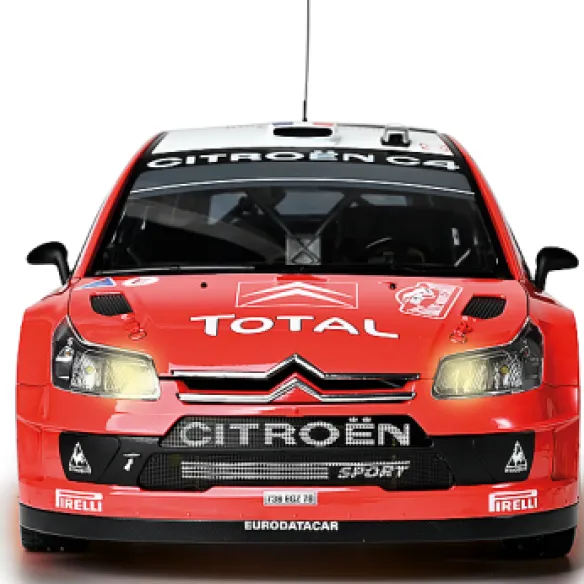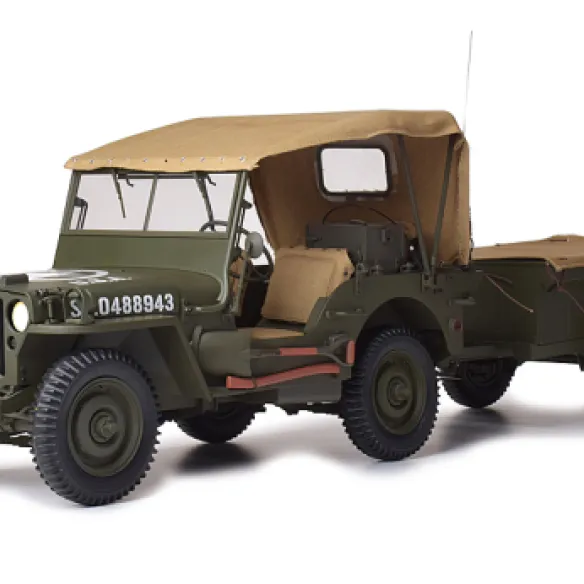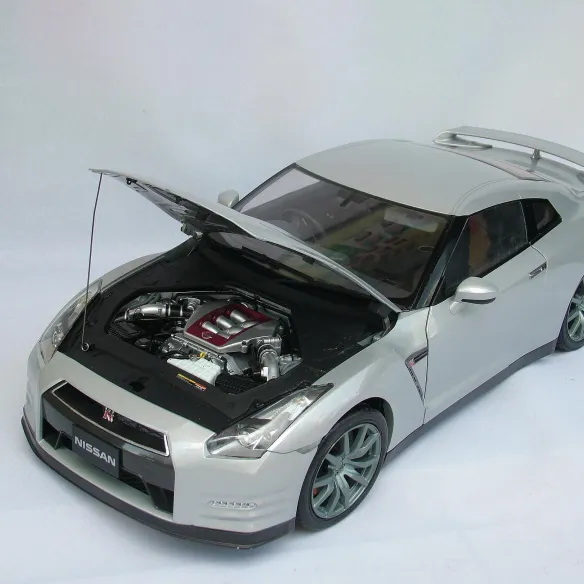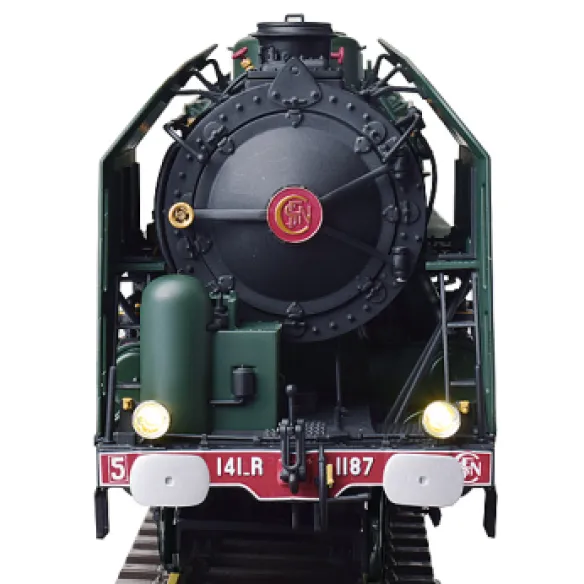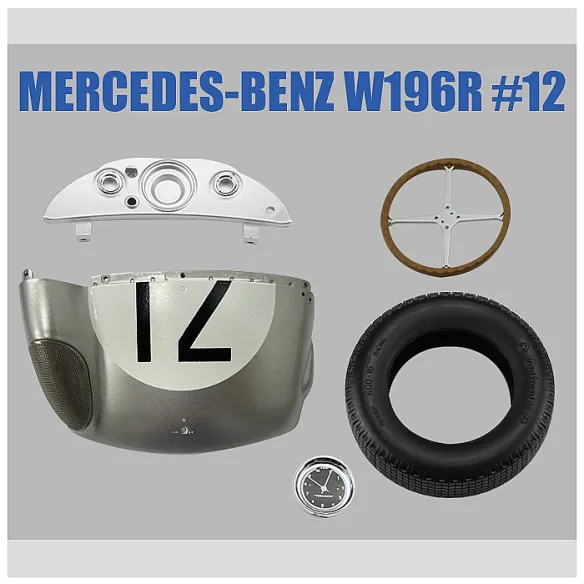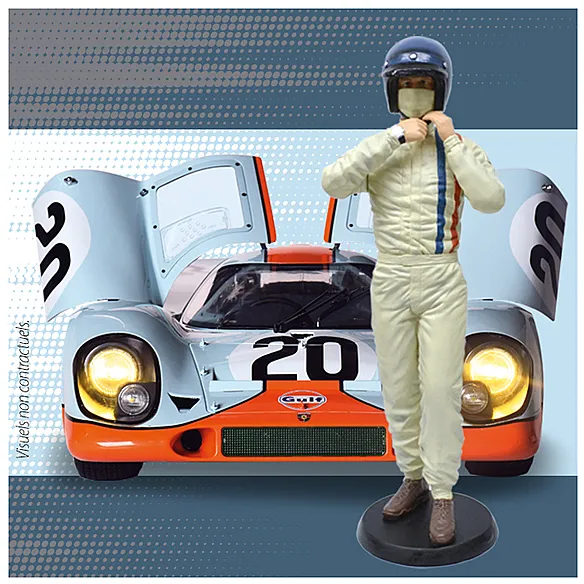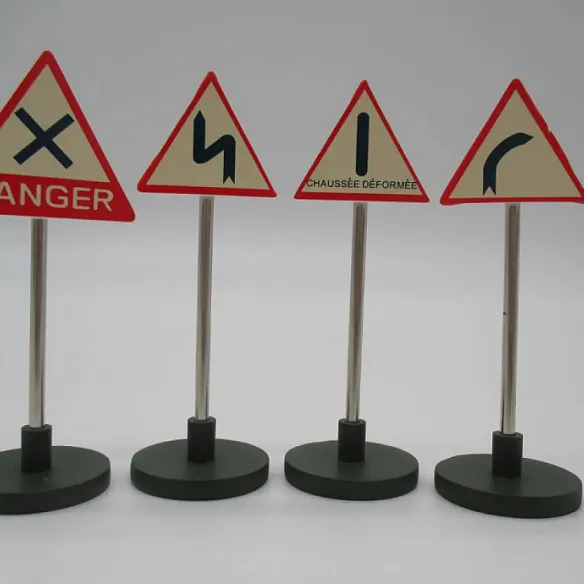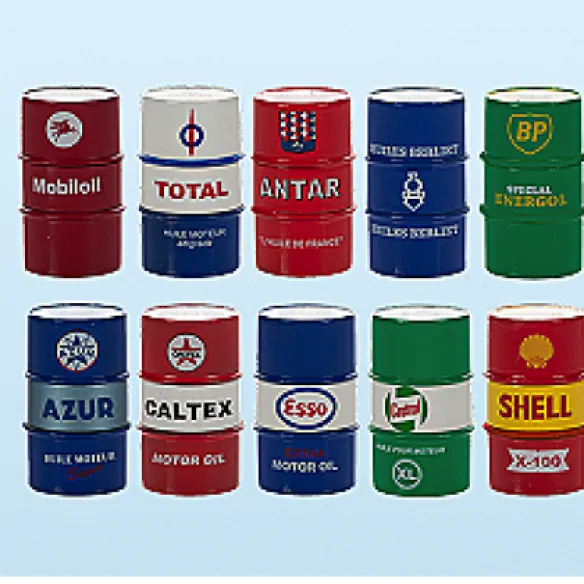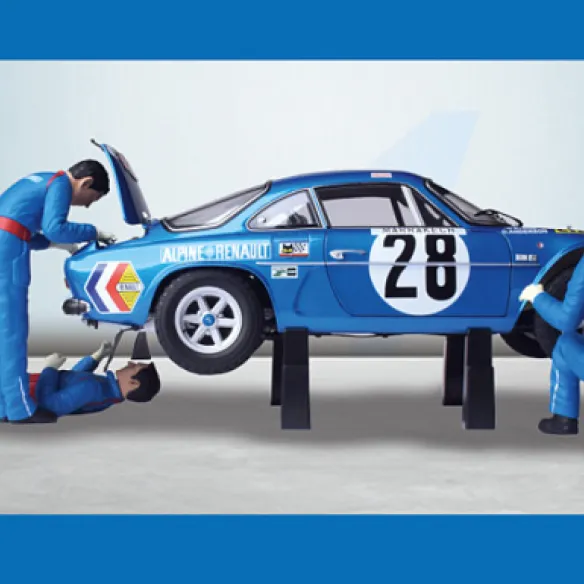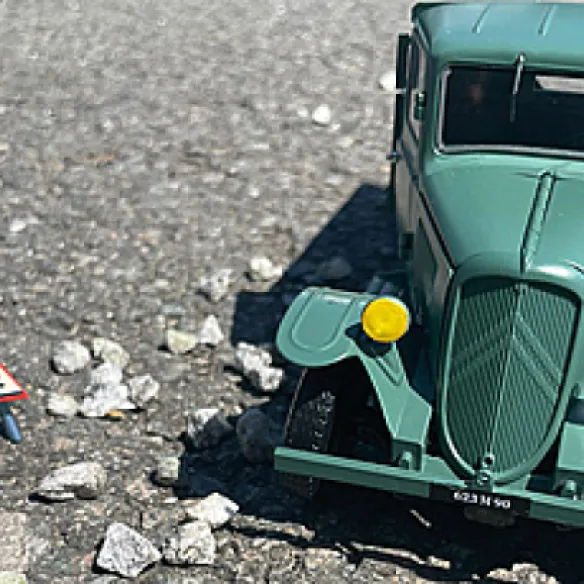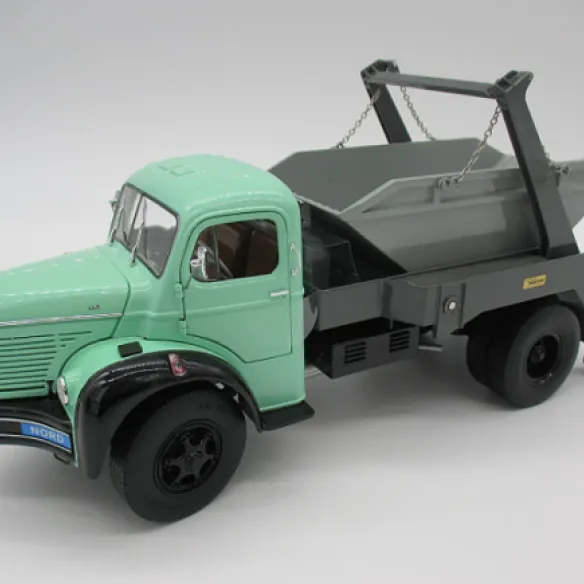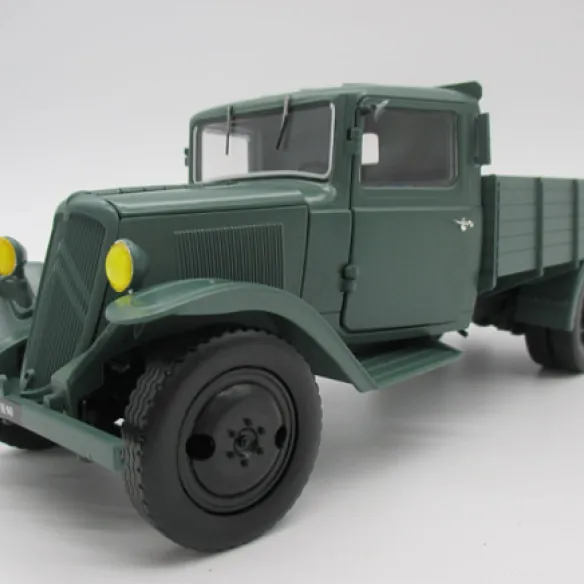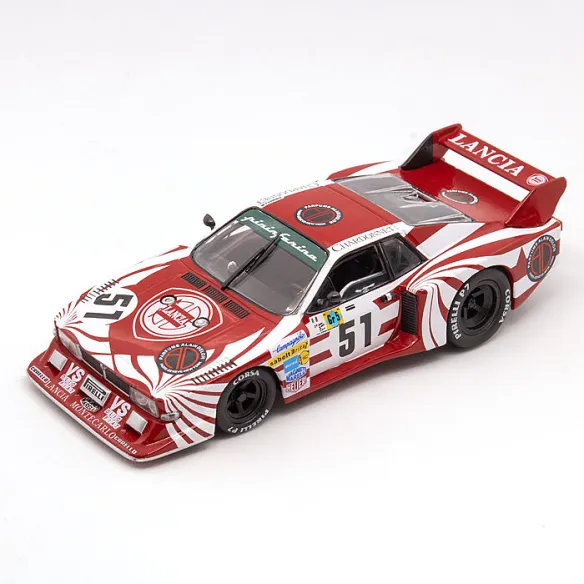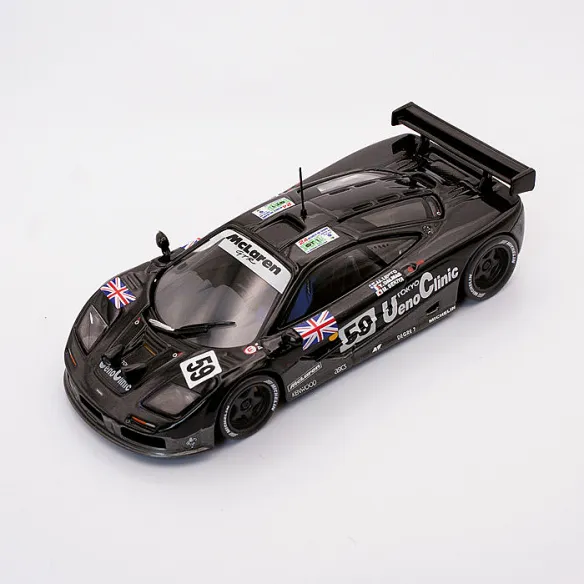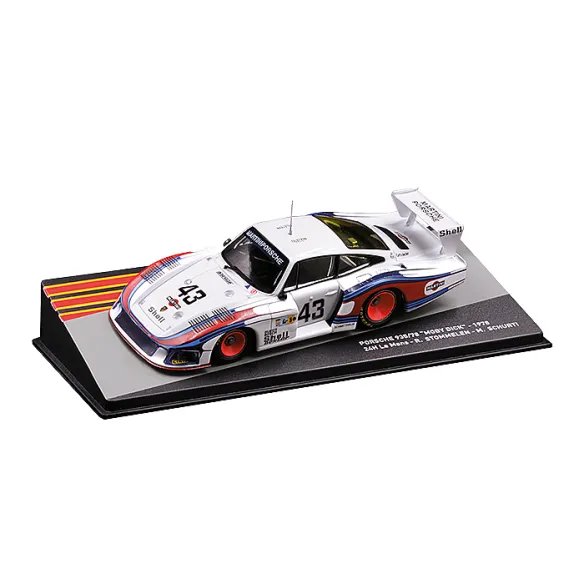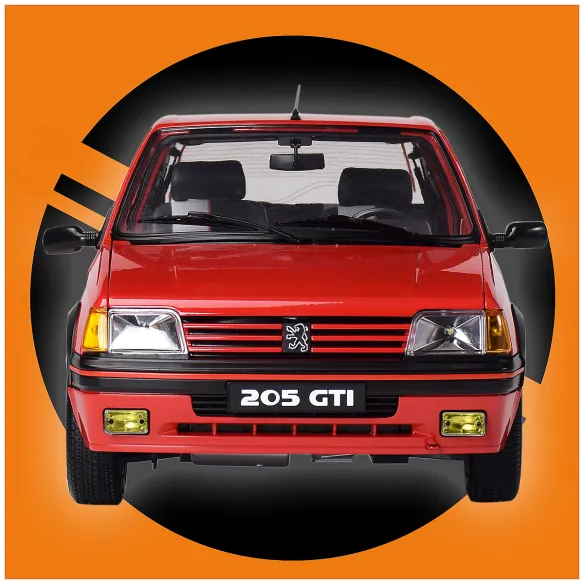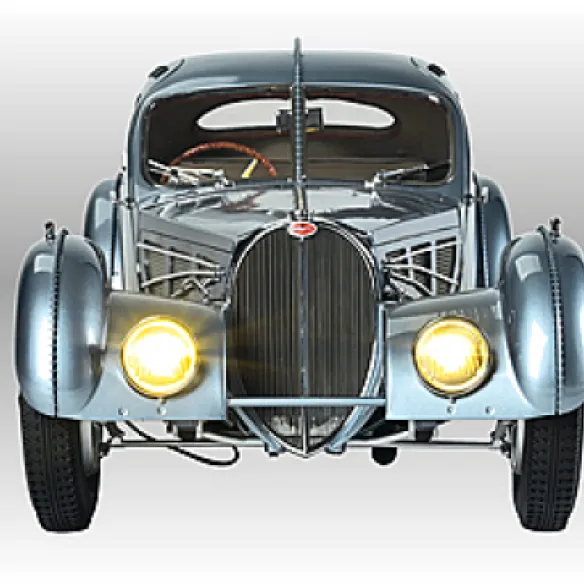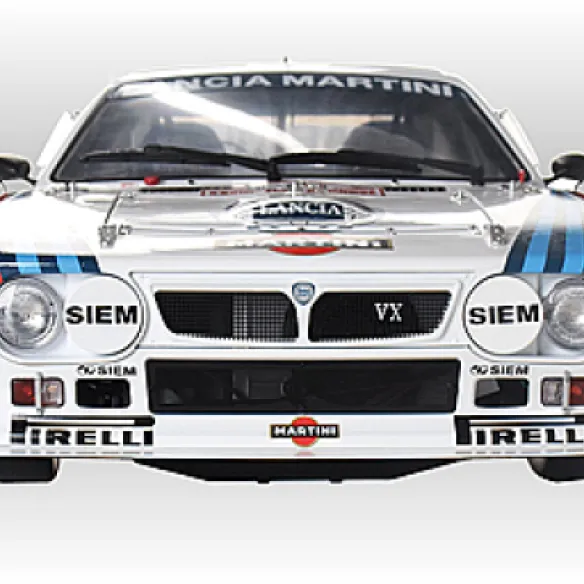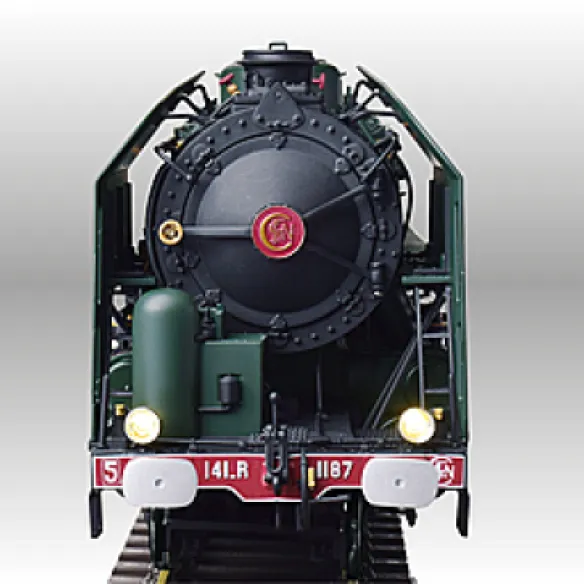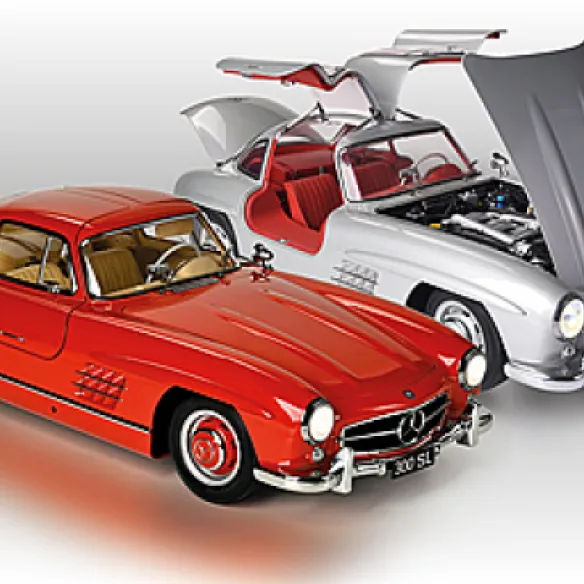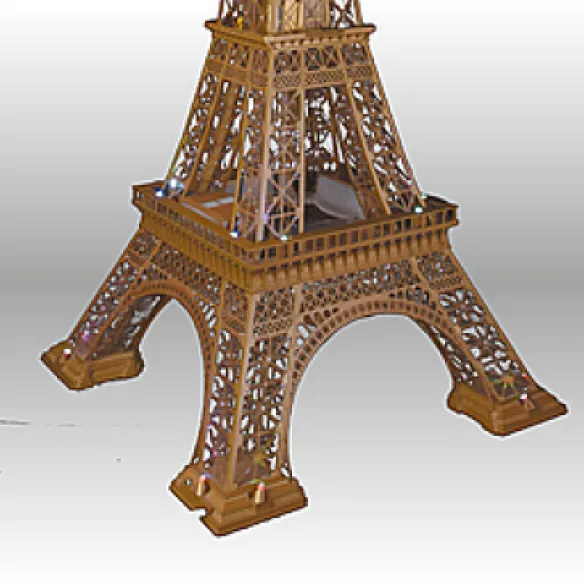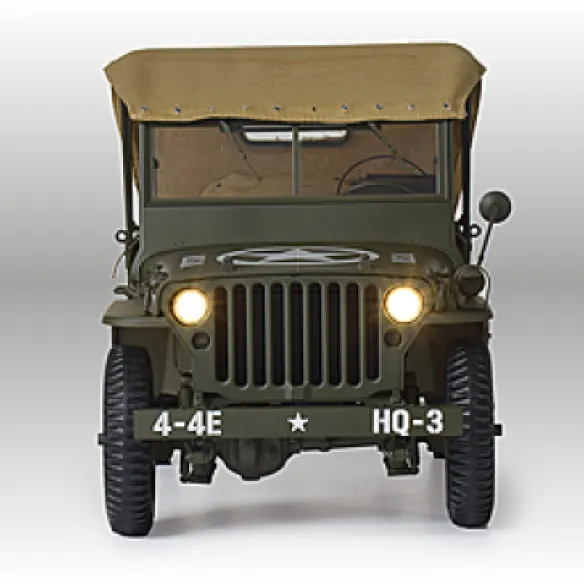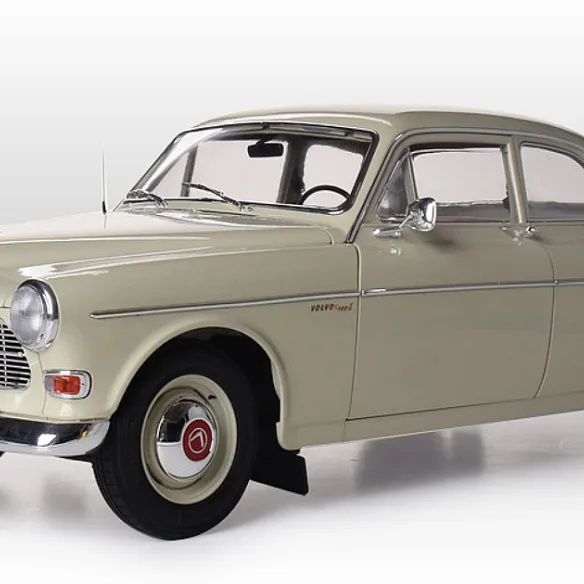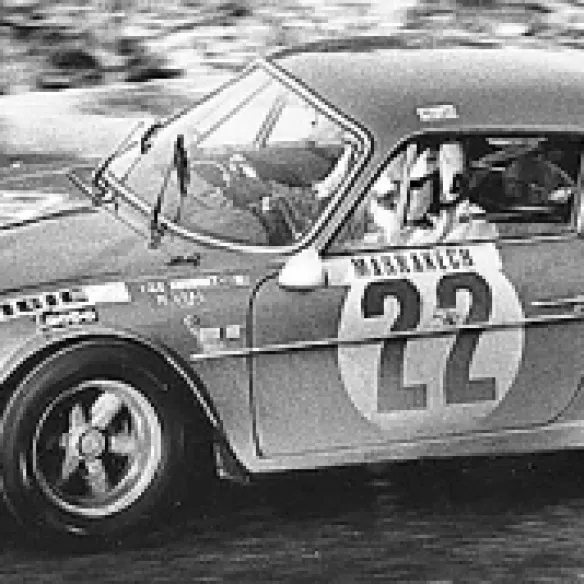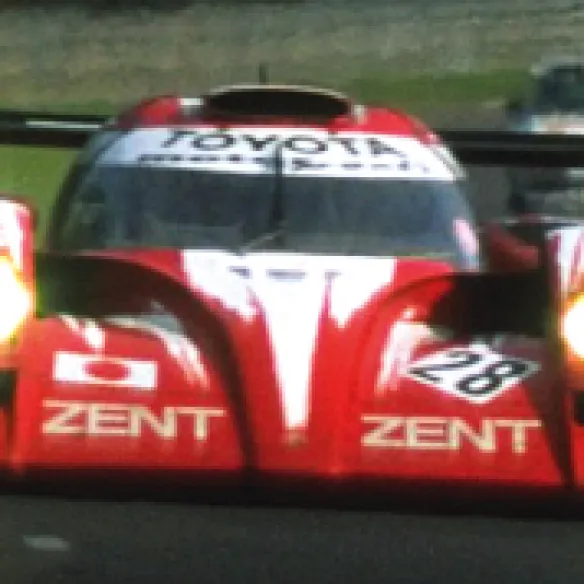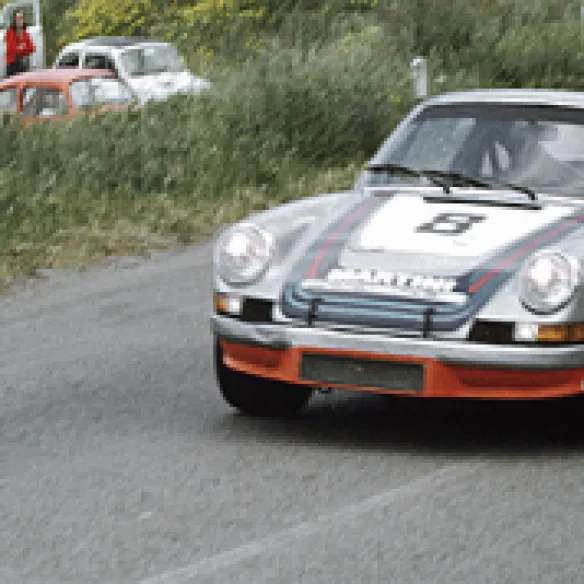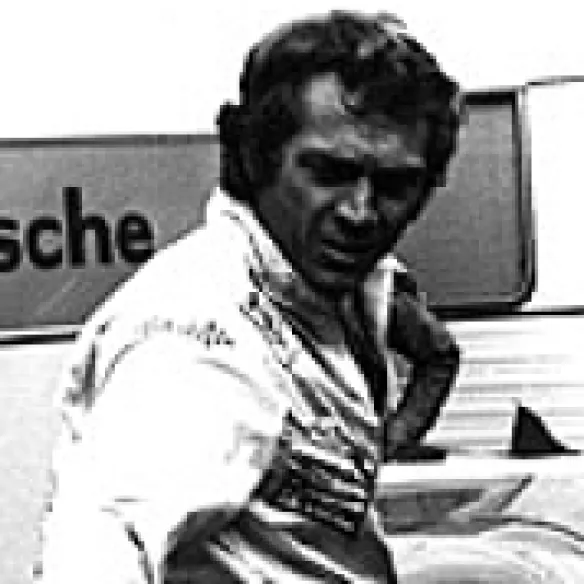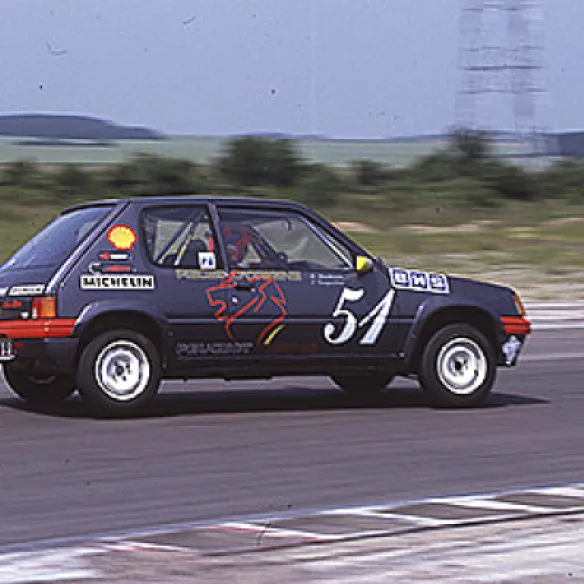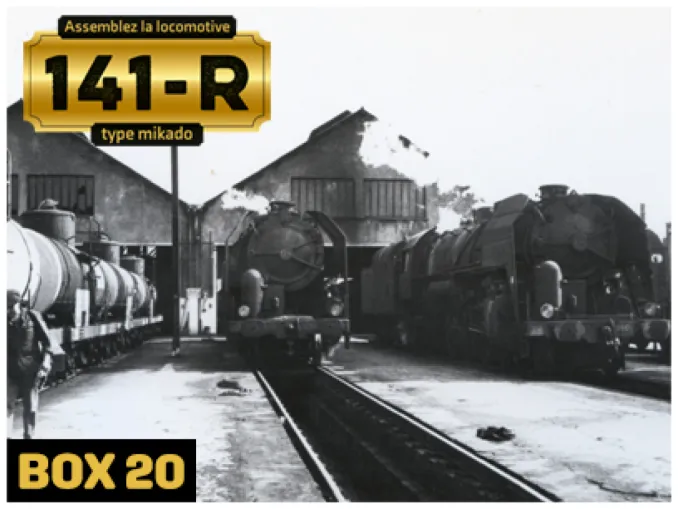
24/06/2025
THE 141-R CHANGED THE ROLE OF STAFF
These powerful, robust locomotives, imported from the United States after the Second World War, radically transformed the role of the staff at SNCF depots in terms of rail transport in France.
Read moreThese powerful, robust locomotives, imported from the United States after the Second World War, radically transformed the role of the staff at SNCF depots in terms of rail transport in France. Railway workers had to adapt to these new locomotives, learning to master their technical subtleties and make full use of their capabilities.
It all happened in the depots, as noted by two eminent authors and railwaymen, Bernard Collardey and André Rasserie, in their excellent and hard-to-find book ‘Les 141-R, ces braves américaines’, published by La Vie du Rail in 1981. For these two experienced railwaymen, the simplicity of driving 141-Rs meant that activities such as parking on arrival and preparing for departure, which used to be carried out by the locomotive driving team, were now entrusted to the depot staff.
This was the end of the “'hands off my locomotive”' policy and the end of the refusal of access to the driver's cabin, a sacred and inviolable place for anyone who is not a locomotive engineer or driver. The only part of the locomotive that remained off-limits was the ‘front’ of the boiler, located in the driver's cab, forming the rear façade of the boiler, so to speak, and containing all the command and control instruments, and whose regular upkeep was still the sole responsibility of the driving crew. In short, lay people may clean the church, but not the altar...
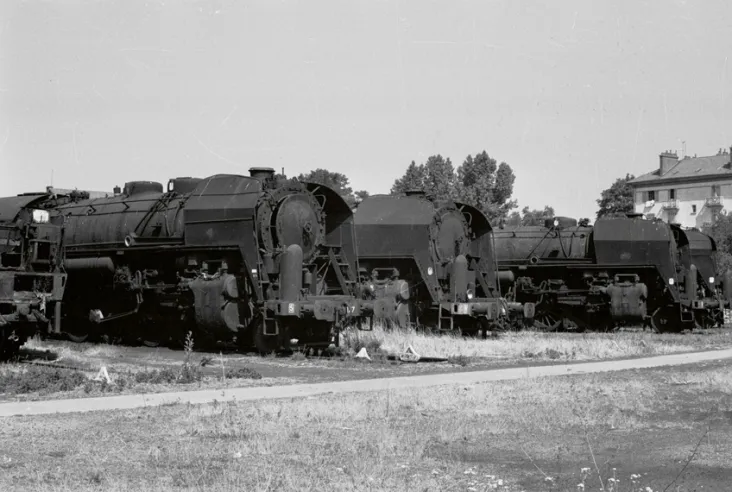
The 141-R-1 to 141-R-1340 series of locomotives invaded the SNCF network between 1945 and 1947, becoming France's largest series in terms of numbers and speed of construction.© IXO Collections SAS - Tous droits réservés. Crédits photo © Document Alain Rouiller.
EVEN PRISONERS OF WAR
When a 141-R ended its service, parking at the depot entrance, usually where there was a pit, the locomotive engineer and driver entrusted their locomotive to the men from the depot and left, taking their personal belongings with them, including their ‘basket’. These depot men immediately ‘tipped the fire’ into the pit, which was partially filled with water. They also opened the door of the firebox to empty out the ashes and soot which had accumulated there and formed a difficult, heavy residue to ‘scrape off’. This exhausting and unrewarding task was entrusted to prisoners of war between 1943 and 1945. Another innovation was that the depots‘ “ in-house service ” workers were now responsible for replenishing the locomotives’ lubricators and oil containers, work previously carried out by the driving crews. In other words, since locomotives were operated on a ‘routine’ basis with continuous changes of crew, the time spent in the depots waiting for the incumbent driving crew to finish its rest was no longer wasted. The ‘fresh’ team immediately replaced the ‘tired’ team, which then had to rest.
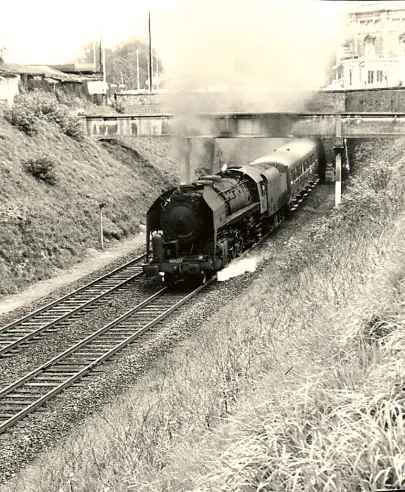
The legendary robustness of the 141-R comes mainly from the simplicity of their design, such as the refusal of “compounding” and the generous dimensions of parts that are easily interchangeable in the workshop.© IXO Collections SAS - Tous droits réservés. Crédits photo © Document Néel.
THE 141-R'S VERSATILITY BOOSTS PERFORMANCE
For example, the 141-R's versatility made it suitable for towing three basic train categories instead of just one, as was the case with pre-war locomotives, which were specialised in passenger, express and freight trains. The lack of Pacific locomotives after the war meant that 141-Rs were often used to haul passenger trains, especially in the immediate post-war period, while waiting for the SNCF's new 141-P and 241-P locomotives to be delivered. At the Noisy-le-Sec depot in the east of France, 141-Rs handled both mail and freight to Châlons or Reims, and even services on the Grande Ceinture in Paris. The 141-Rs in the Nord region provided the same mix between Longueau, Béthune, Somain and Le Bourget or the Grande Ceinture. In the South-East region, the ‘R's from Marseille went as far as Lyon, or radiated around Grenoble or the town of Le Teil.
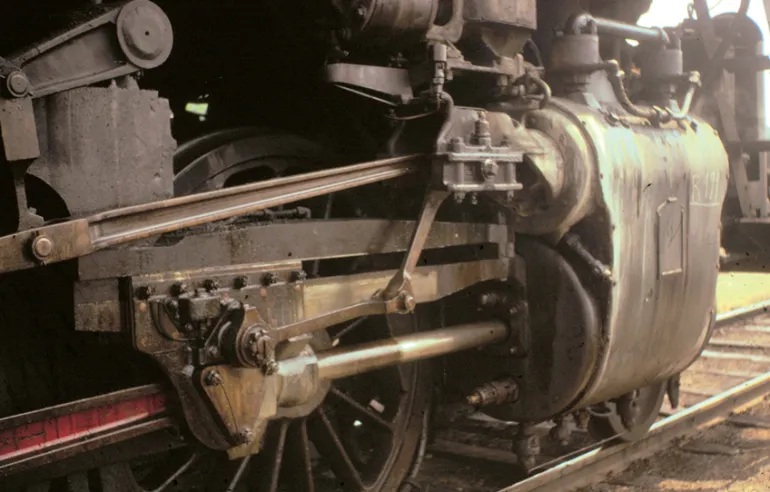
Their number and especially their ability to handle all tasks gave these machines an omnipresence on the French network for three decades. Here a 141-R at the head of a passenger train in the Nord region around 1965. The famous Nord “Express” carriages are in the spotlight.© IXO Collections SAS - Tous droits réservés. Crédits photo © Collection Trainsconsultant-Lamming
DOUBLE OR EVEN TRIPLE SHIFTS A SLEEPER CABIN IN A FREIGHT WAGON
This is another of the curiosities of the post-war period. We don't know whether crews were actually able to sleep in such boxcars bunkrooms, which were placed behind the tender and were, in a way, an integral part of the locomotive. It was used during the war and continued in the post-war period: one of 141-R's characteristic customs, happily forgotten when peace and prosperity returned.

The nearly widespread use of fuel heating will impose an invasion of tank wagons in depots in France, like here in Vierzon.© IXO Collections SAS - Tous droits réservés. Crédits photo © Document Yves Machefert-Tassin, années 1970.
THE ‘SELKIRK’ A PECULIAR CANADIAN
The use of the axle arrangement type 152 is very rare in the history of the railways: although the presence of five linked axles was widespread for freight locomotives, it was combined with a front bissel and sometimes an additional rear bissel. Adding a rear bogie to the already substantial set was something that could only be done across the Atlantic or in Russia. The Canadian railway used the formula with its famous ‘Selkirks’.
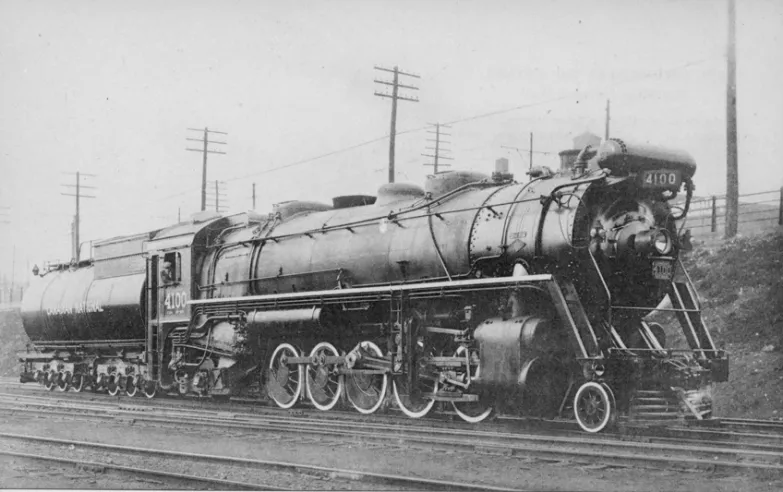
Locomotive type 152, No. 4100, of the Canadian National network. The year is 1937. This country is seeking not to surpass but at least to rival the United States without becoming the 51st state.© IXO Collections SAS - Tous droits réservés. Crédits photo © Collection Trainsconsultant-Lamming
THE PROBLEM, THE GREAT CROSSING THROUGH CANADA
This line covers 4,611 kilometres and crosses Canada from west to east, linking Montreal to Vancouver. Until the 1950s, the Canadian Pacific Railway's flagship train, the Dominion, could carry up to 18 heavily-built cars weighing a total of 1,300 tonnes, despite the 22-per-mile gradients in the Rockies. The train stopped 23 times along the way, which didn't make it one of the fastest trains on the continent.
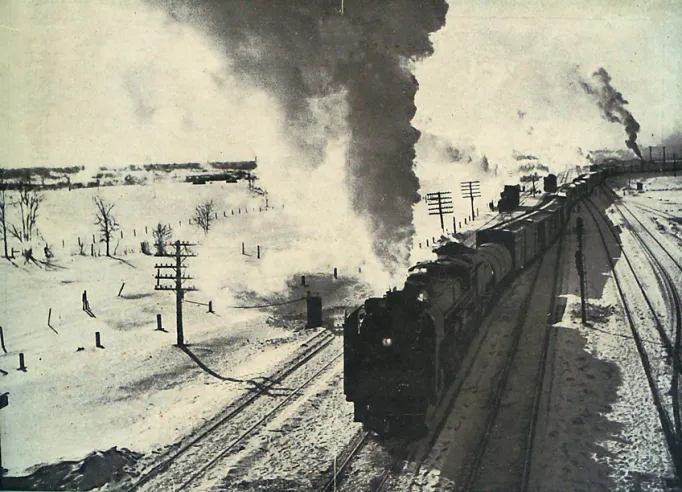
Very pretty scene typical of the Canadian network. The 152s, like the French 141-Rs, do not hesitate to tackle all types of rolling stock, including freight.© IXO Collections SAS - Tous droits réservés. Crédits photo © Collection Trainsconsultant-Lamming
SELKIRK’ ENTERS THE SCENE
These locomotives provided excellent service. However, diesel traction replaced them for reasons of fuel cost, and the last of the series were withdrawn from service in 1959. Two have been preserved: one, No. 5935, in the Deslon railway museum in Quebec, and the other, No. 5931, in Calgary's Heritage Park.

The small station at St-Didier, Côte d'Or, on the Dracy-St-Loup to Maison-Dieu line, is typical of these stops, where the gatekeeper provides a modest passenger and messenger service. We are in the 1970s. France's rural rail network was dying with indifference, despite the efforts of 141-R.© IXO Collections SAS - Tous droits réservés. Crédits photo © Document Alain Pras.
Recent articles
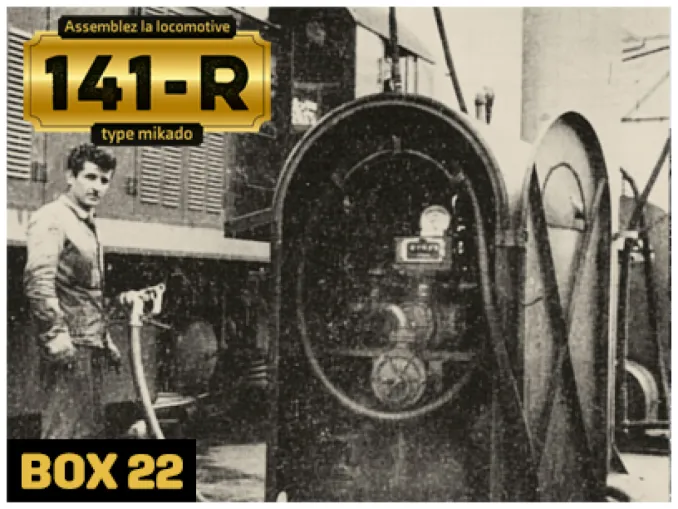
24/06/2025
The 141-R, late queens of petrol
With the 141-R, the reign of coal in France suddenly declined.
Read more
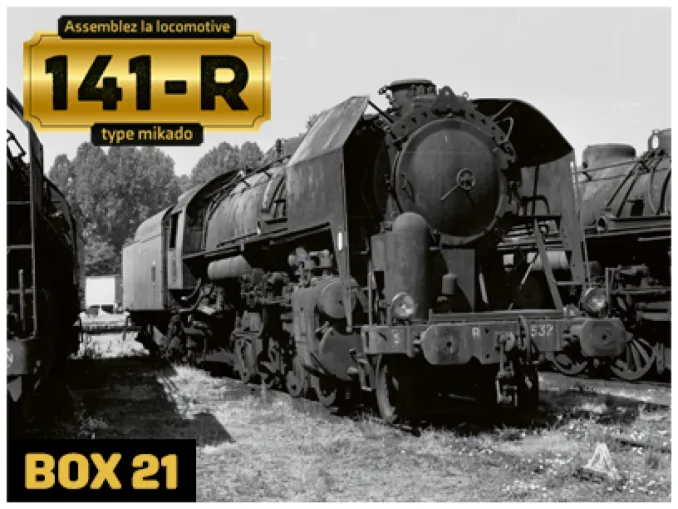
24/06/2025
The 141-R, the arrival of the second tranche
The 141-R-701 to 1340 locomotives make up the second tranche, delivered from 15 August 1946, while those in the first tranche are still being delivered.
Read more
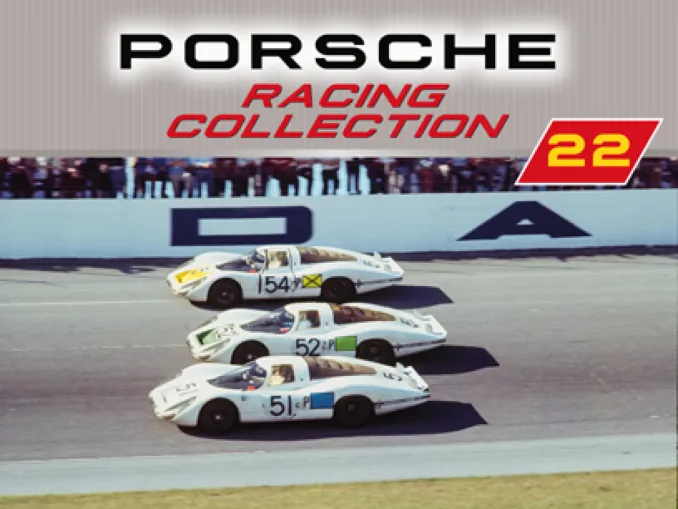
23/06/2025
Porsche 907LH - 1968
Derived from the 910 but with an entirely new, more aerodynamic body, the long-tailed coupé scored a historic triple win at Daytona in 1968
Read more


 English
English français
français Deutsch
Deutsch español
español italiano
italiano português
português



